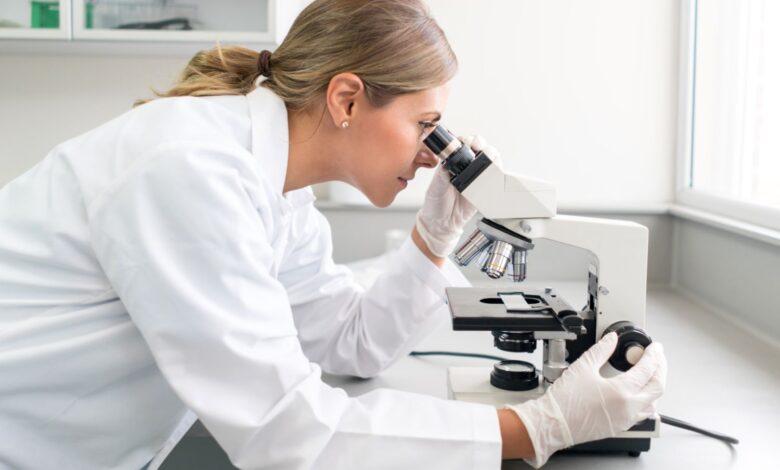Scientists 3D-print cells to treat diabetes

Scientists have managed to print functional human cellular structures using a 3D printer and special biological ink. This technology could become the basis for new, less invasive approaches to the treatment of type 1 diabetes, informs MedicalXpress.
An international team of researchers created insulin-producing clusters of human pancreatic cells using bioink made from alginate (a natural polysaccharide derived from brown algae) and modified human pancreatic tissue. Thanks to this, it was possible to print dense and strong cellular structures that remained alive and functional for three weeks, maintaining a strong insulin response to glucose levels.
Usually, such cells are injected into the liver, which can lead to their partial loss and limited effectiveness. However, the printed structures are planned to be implanted subcutaneously — without complex interventions, only using local anesthesia and a minimal incision. Researchers believe that this will make the procedure safer and more comfortable for patients.
“Our goal was to recreate the natural environment of the pancreas so that the transplanted cells survive and function better. We used a special bio-ink that mimics the support structure of the pancreas to provide the cell structures with oxygen and necessary nutrients.”, – explained the lead author of the work, Quentin Perrier.
In laboratory studies, the printed structures retained their shape and viability in 90% of cases, did not stick together or collapse, which is a significant achievement compared to previous similar experiments.
“This is one of the first studies to use real human cell structures instead of animal ones. And the results are encouraging. It means we’re getting closer to creating a way to treat diabetes that could one day eliminate the need for insulin injections.”, – noted Perrier.
The team is now investigating the possibility of using the printed structures in animals and testing whether cryopreservation is suitable for storing them, which could make the treatment more affordable.





